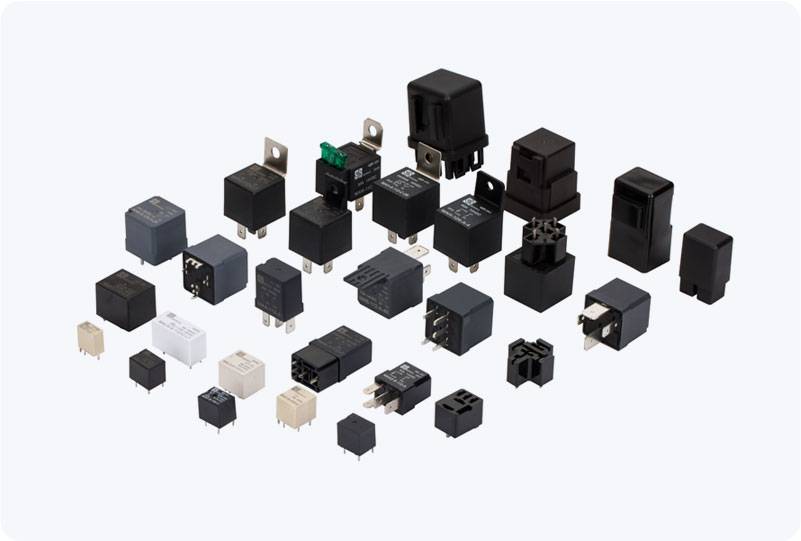High Voltage Distribution Relays (HVDR) play a crucial role in ensuring the safety and reliability of electrical power systems, particularly in the high voltage distribution networks. These devices are integral to the protection and control mechanisms of modern electrical grids, helping to maintain a stable and uninterrupted supply of electricity. This article explores the functionality, components, and applications of High Voltage Distribution Relays, along with their significance in preventing power outages and equipment damage.

What is a High Voltage Distribution Relay? A High Voltage Distribution Relay is an electrical protection device designed to monitor and safeguard the high voltage distribution systems in power networks. Its primary function is to detect abnormal conditions, such as overcurrent, overvoltage, and faults, and quickly disconnect the power supply to prevent further damage to the equipment and system components. HVDRs are essential in maintaining the overall stability and protection of the electrical distribution network. Key Functions of High Voltage Distribution Relays Overcurrent Protection: One of the most critical functions of HVDRs is overcurrent protection. High levels of electrical current can occur due to faults like short circuits or equipment malfunction. HVDRs detect when the current exceeds the predefined safe limit and automatically trigger circuit breakers to disconnect the faulty circuit, preventing damage to both the equipment and the wiring.
Leave a Reply